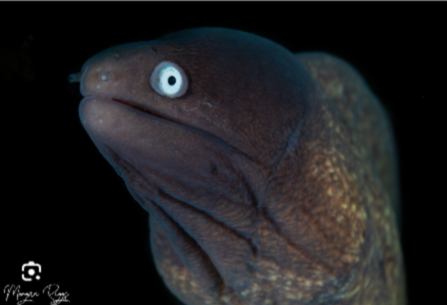Exploring the Enigmatic Eel: Three Hidden Traits That Make Them Fascinating
Eels, often misunderstood and shrouded in mystery, are remarkable creatures that inhabit the world’s oceans, rivers, and lakes. These elongated fish possess unique characteristics that set them apart from other aquatic life. Here, we delve into three deep-hidden traits of eels that make them truly fascinating.
Remarkable Metamorphosis: The Lifecycle of Eels
Eels undergo one of the most extraordinary transformations in the animal kingdom. Their lifecycle includes several distinct stages, each marked by dramatic physical changes.
Leptocephalus Stage: Eel larvae, known as leptocephali, hatch from eggs in the ocean. These larvae are transparent and leaf-shaped, allowing them to drift with ocean currents for thousands of miles.
Glass Eel Stage: After several months, leptocephali transform into glass eels. During this stage, they become more cylindrical and start to develop pigmentation as they approach coastal waters.
Elver and Yellow Eel Stages: Upon reaching freshwater or estuarine environments, glass eels become elvers and then yellow eels, growing more robust and darkening in color. They remain in this stage for many years, feeding and maturing.
Silver Eel Stage: When eels reach reproductive maturity, they transform into silver eels. Their bodies become streamlined for long-distance swimming, and they migrate back to the ocean to spawn, often traveling thousands of miles to their natal spawning grounds.
Incredible Navigational Abilities
Eels exhibit remarkable navigational skills, which enable them to undertake their extensive migrations between freshwater and marine environments.
Geomagnetic Navigation: Research suggests that eels utilize the Earth’s geomagnetic field to find their way across vast distances. This ability allows them to navigate with astonishing accuracy during their migration from freshwater habitats to the ocean and back.
Olfactory Cues: Eels also rely on their acute sense of smell to detect chemical cues in the water. This olfactory guidance helps them locate specific breeding grounds and suitable habitats.
Memory and Homing Instincts: Eels are believed to possess a strong homing instinct, allowing them to return to their birthplace to spawn. This extraordinary trait ensures the continuation of their lifecycle and the perpetuation of their species.
Electrifying Abilities: The Electric Eel
While not all eels possess electric capabilities, the electric eel (Electrophorus electricus) is a standout member of the eel family with its unique trait.
Electrogenesis: The electric eel can generate powerful electric shocks, which it uses for hunting and self-defense. Specialized cells called electrocytes produce electricity, allowing the eel to deliver shocks of up to 600 volts.
Electrolocation: In addition to generating electric shocks, electric eels use low-voltage electric fields to navigate and locate prey in murky waters. This ability, known as electrolocation, helps them detect objects and animals in their environment with remarkable precision.
Communication: Electric eels also use electric signals to communicate with one another, particularly during mating rituals. These signals help them find and attract potential mates in the dark, turbid waters they often inhabit.
Eels are extraordinary creatures, captivating scientists and nature enthusiasts alike with their hidden traits and mysterious behaviors. Their complex lifecycle, remarkable navigational abilities, and, in the case of electric eels, their electrifying capabilities, make them a subject of endless fascination and intrigue. As we continue to study and learn more about these enigmatic fish, we uncover the secrets that make eels one of nature’s most fascinating inhabitants.



